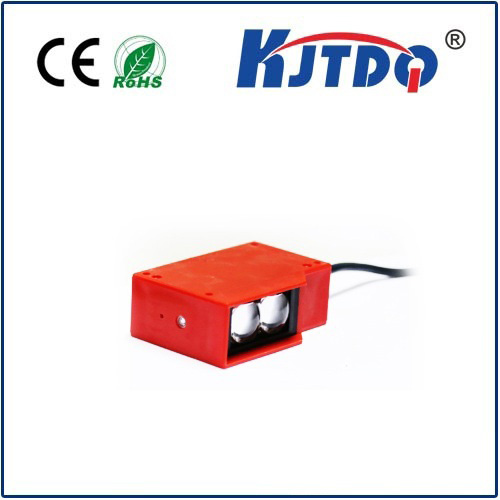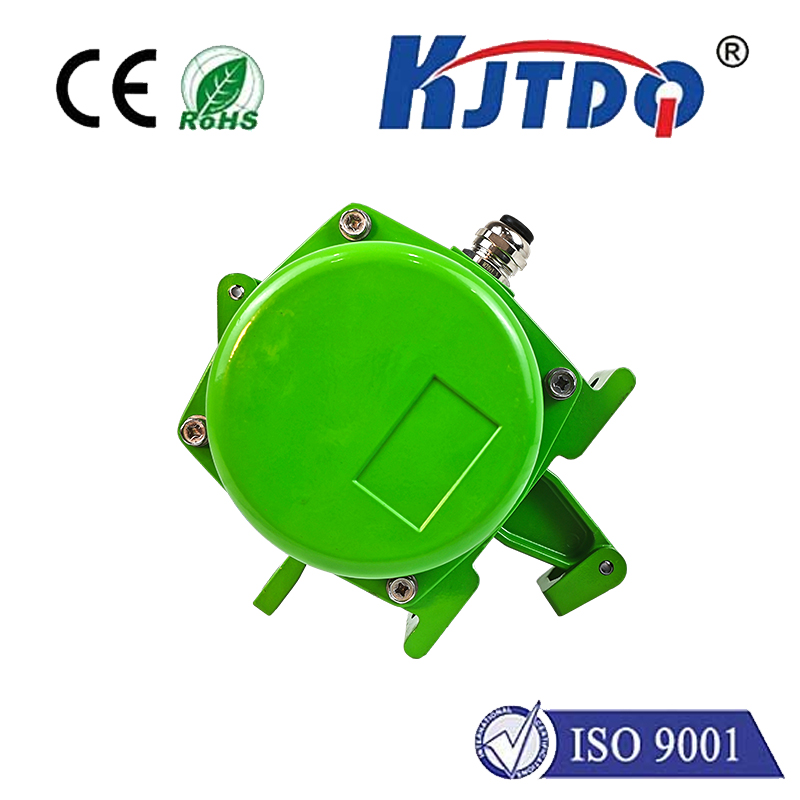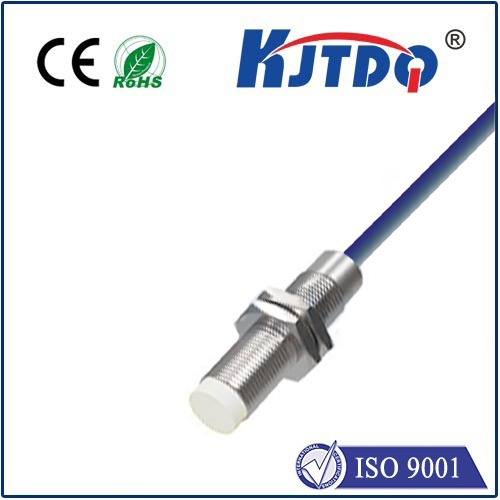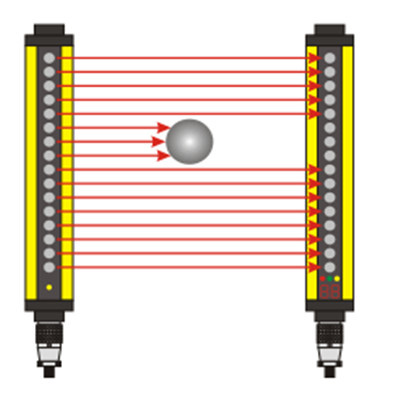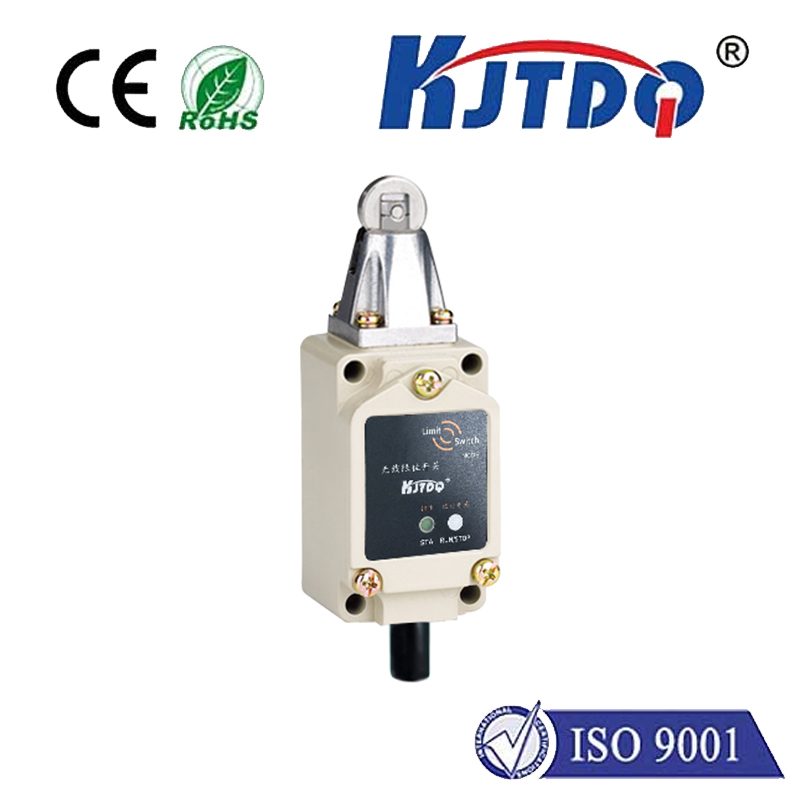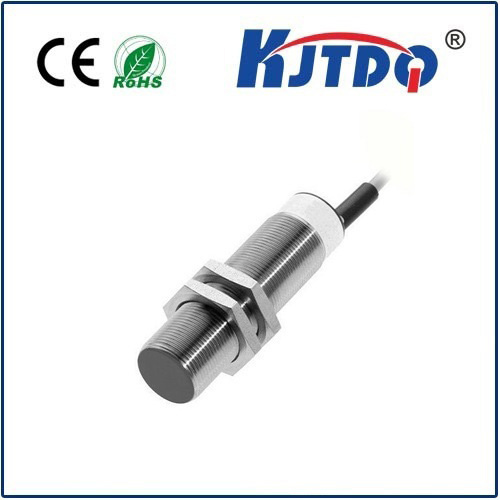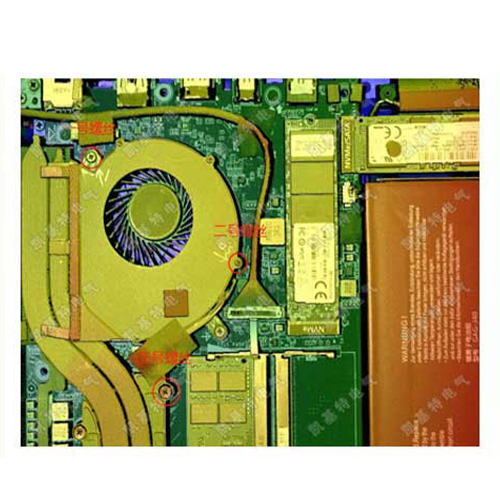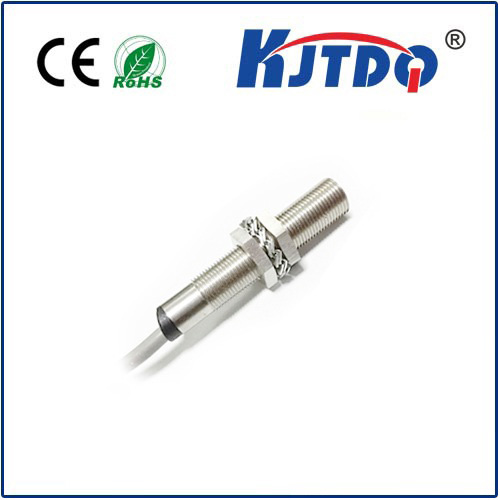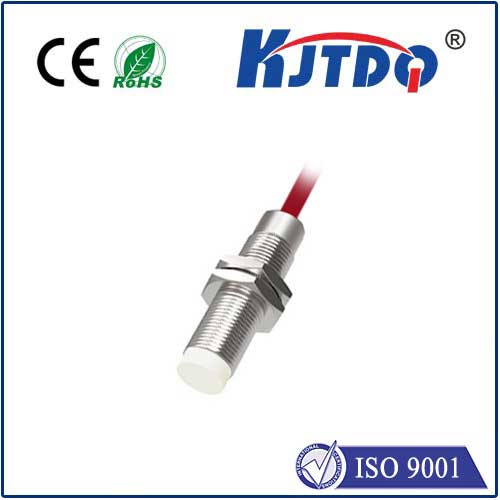

check

check

check

check
Imagine needing to detect objects reliably on a large conveyor system, across wide aisles in an automated warehouse, or within bulky machinery – situations where standard sensors fall short. Where do you find a compact, robust solution capable of delivering dependable detection at substantial distances, even in demanding industrial settings? This is precisely the challenge addressed by specialized sensors like the E3FC-TN11 2M reflective proximity sensor. This device isn’t just another switch; it’s a crucial enabler for applications demanding extended reach and unwavering reliability.
At its core, the E3FC-TN11 leverages the reflective photoelectric sensing principle. It contains both an infrared light emitter and a light receiver within a single, compact housing. The emitter projects a focused beam of infrared light outward. When this beam encounters a suitable target object within its effective range, a portion of the light is reflected back towards the sensor. The internal receiver, typically positioned using a triangulation method to minimize direct reflection interference, detects this returned light. Crucially, the sensor employs sophisticated electronics to analyze the intensity of the reflected signal. When the received signal strength surpasses a pre-defined threshold level – signifying the presence of an object close enough and reflective enough – the sensor’s output state changes (e.g., switches from OFF to ON, or vice-versa, depending on configuration).

The defining feature of the E3FC-TN11, clearly stated in its name, is its impressive 2-meter (approx. 6.5 feet) detection range. This capability sets it apart dramatically from typical diffuse reflective sensors, which often max out at ranges well below 1 meter. Achieving such long-range detection requires optimized optical design to project a strong, focused beam and enhanced receiver sensitivity capable of detecting faint reflections returning from distant targets.
Beyond its standout range, the E3FC-TN11 incorporates several key features essential for industrial viability:
The long-range capability of the E3FC-TN11 reflective sensor unlocks a wide variety of demanding applications where conventional proximity sensors simply can’t reach:
Incorporating the E3FC-TN11 2M sensor into an application requires attention to a few key points. Mounting stability is critical; any vibration affecting the sensor alignment can impact the long-range detection accuracy. Selecting an appropriate target is vital – the sensor performs best with large, flat, light-colored (highly reflective) surfaces. Dark, non-reflective, curved, or very small targets will significantly reduce the effective sensing distance, potentially below the specified 2m maximum. Always refer to the manufacturer’s datasheet for precise specifications regarding target reflectivity, minimum detectable object size, temperature ranges, connection diagrams, and exact dimensions. Proper alignment towards the expected target path is crucial for maximizing reliability. Finally, ensure environmental conditions like heavy dust, steam, or intense ambient light won’t overwhelm the sensor’s capabilities, despite its robust design.
For engineers and system designers tasked with automation challenges involving significant distances, the E3FC-TN11 2M reflective proximity sensor stands out as a powerful solution. Its ability to deliver reliable long-range detection up to 2 meters, combined with proven industrial durability (IP67) and straightforward integration, addresses a critical gap in sensing technology. When the application demands reach, robustness, and reliable object confirmation beyond the scope of standard sensors, the E3FC-TN11 provides the essential long-range vision needed to optimize industrial automation, enhance material handling efficiency, and improve overall system intelligence.
